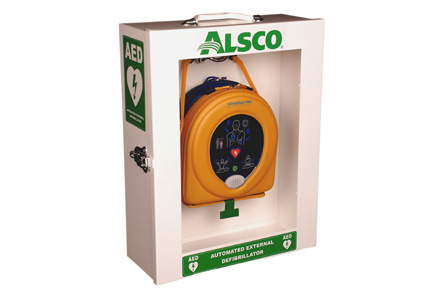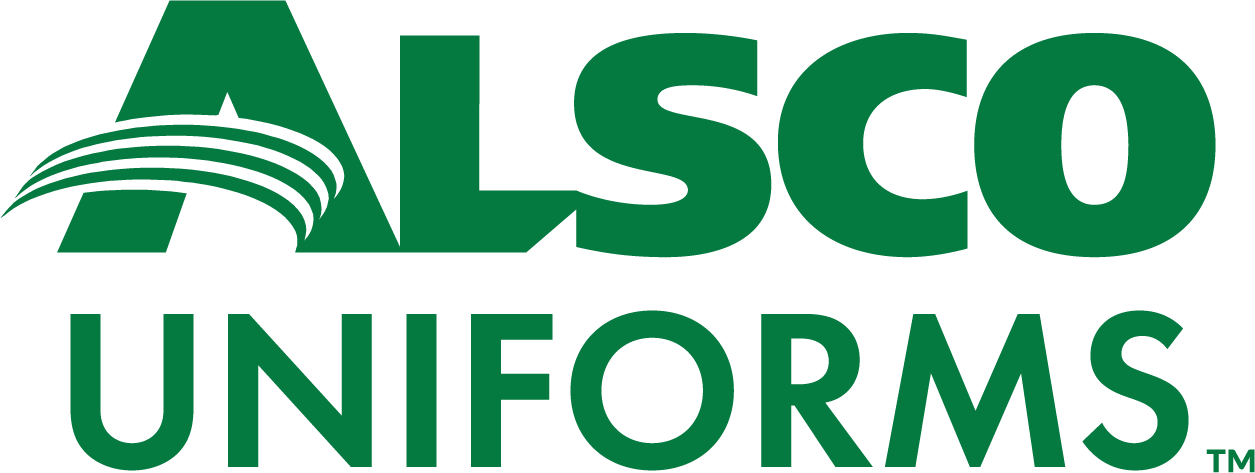
In most instances of a cardiac arrest, you should use an AED (automated external defibrillator). However, there are instances when an AED should not be used. For example:
- If the patient is in water or is wet
- If the victim is surrounded by any combustible material
- If the victim is less than 12 months old
There are also situations when you should use your AED with caution:
- If the patient has a pacemaker
- If the victim has a medication patch
- It the victim is a child under 8 years of age or weighs less than 25 kg
In all other situations when dealing with a person who is unconscious and unresponsive, you should perform CPR and use the AED as instructed by the AED itself. The AED will automatically analyse the patient’s heart rhythm and decide whther or not a shock is needed.
Are AEDs Used in Singapore?
An automated external defibrillator (AED) is a compact device whose sole aim is to send an electric shock to the heart in the event of a cardiac arrest. It is called an AED because it is just that: an automated device that will analyse the patient’s heart and determine if it should administer a jolt.
In Singapore, AEDs were first used in 1989 but had not yet become a regular fixture as in other countries like Australia and New Zealand.
In 2005, the National Resuscitation Council (NRC) combined the cardiopulmonary resuscitation (CPR) training with AED training the skills of both CPR and AED “must be brought to bear on collapsed patients in an integrated fashion”. In other words, when to use CPR and when to use AED, or both.
This integrated training is now the most popular and well-attended life support programme in Singapore.
When and How to Use a Defibrillator
Many tend to confuse a heart attack and cardiac arrest.
Cardiac arrest happens when the heart ceases to pump blood through the body and the patient loses consciousness. A heart attack is caused when an artery in the heart suffers some blockage, but the patient can remain conscious during this attack. In fact, a heart attack is one of the causes of cardiac arrest.
Other common causes of cardiac arrest include drowning, electrocution, stroke, choking, smoke inhalation, severe trauma and drug overdose.
In Singapore, the survival rate after a cardiac arrest is 21% but falls to about 5% if unwitnessed and untreated attacks are added to the statistics.
If a responder trained in CPR+AED administers first-aid, the patient’s survival rate is about 60%, as long as emergency procedure is performed within 3 to 5 minutes of the attack.
In order to use an AED in an emergency, you must ensure that both you as the responder and the victim are in a safe environment to carry out the procedure. The responder must try and wake the patient as much as is safely possible.
If there is no response, ask someone to call emergency line 995. Ask someone else to get the closest AED.
Begin by checking for breathing and begin administering CPR. A volunteer can assist in CPR as you set up the AED. Next, ensure the patient’s chest is not wet and as far as possible from flammable or metallic surfaces.
The AED should be used after 30 chest compressions and two ventilations if being done via mouth-to-mouth, or continuously if only compressions are being used to administer CPR.
Follow the AED prompts and ensure that nobody is touching the patient at that moment. A well-trained responder will only stop to check if the patient is better or if the paramedics arrive.
Since March 2015, if you are holding an event with 50 or more participants, you can hire a defibrillator from the Singapore Heart Foundation, as long as those who use it undergo a mandatory 15-minute training session beforehand.

Performing CPR and using an AED.
Installing a Defibrillator in the Workplace
- When installing an AED, it should be installed at about 1.2 metres from the ground to ensure that everyone can reach it in case of an emergency.
- If AEDs are installed in the workplace, ensure that there is clear signage showing people where they are located.
- When you have your AEDs in place, have them registered with R-AEDI, which is a joint effort between the Singapore Heart Foundation and the Singapore Civil and Defense Force that keeps track of all registered AEDs through a mobile application.
- Consider choosing a co-ordinator among the trained CPR+AED responders in the company who will ensure that all installed AEDs are well-maintained, determine the number of staff members who will be served as well as ensure that all first aid kits are well taken care of.
- While an AED does self-evaluations regularly, you must schedule regular manual checks to ensure that they stay functioning at all times.
- Remind all responders in the workplace to have valid licenses to administer first-aid and ensure that those who need renewals attend their refresher courses.
